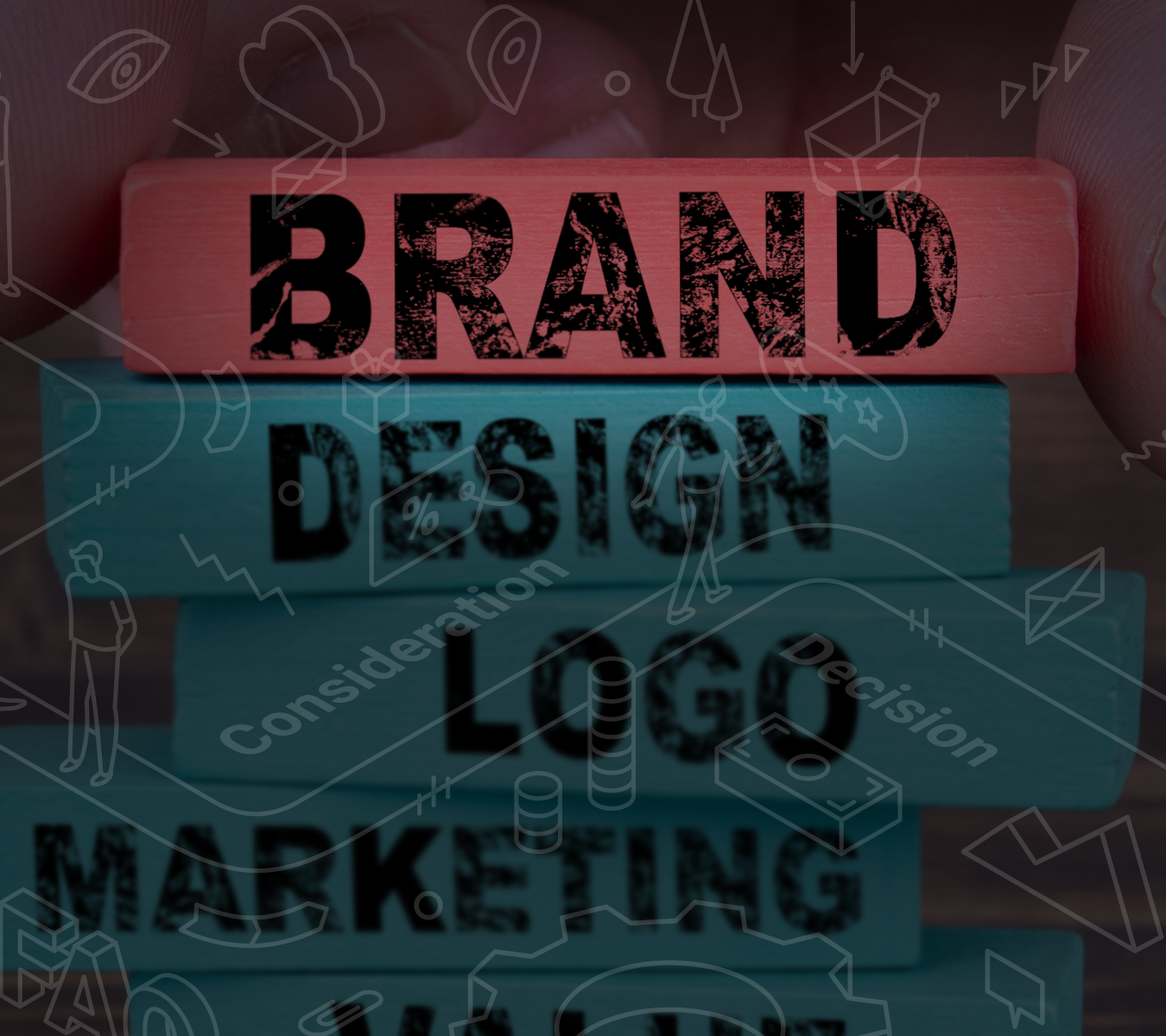by Steve Slais

Some brands seem to have it all. A unique and benefit-oriented product or service that addresses consumer challenges. A clear value proposition that appeals to the intended audience. And a business model that supports a highly-efficient approach to the production, distribution and marketing of the product. So why is it that some brands that possess all of these attributes are successful . . . while others are not?
In many cases, creating a brand that your followers love versus one that no one seems to remember can come down to something I like to call “brand continuity.” It’s a simple concept focused on maintaining consistency in everything you do: your brand image, customer service approach, marketing message and communications strategies. When paired with the customer buyer journey – the stages of awareness and action your customers go through on their path to making a purchase – brand continuity can be a powerful formula for success.
The idea is that during every step of the customer buyer journey, your audience should be able to clearly recognize your brand and its benefits in a way that enables them to make a positive purchase decision. The more your audience sees the same message across all of your marketing channels and creative executions, the more likely they’ll remember your brand. Easy enough, right? Over 90 percent of all marketers say brand awareness is their main goal, but how do you get there?
While creating and maintaining brand continuity can be a challenge, when successfully developed, it will be the distinguishing factor in setting you apart from everyone else in the often crowded marketplace. Where to begin? Start with a messaging strategy that clearly communicates the benefits of your brand and is consistent in tone and language. Develop a tagline that sums up your brand in a few words and headlines that quickly convey why your brand is the answer to your audience’s challenges.
Pair your messaging strategy with a complementary design approach that includes a logo and consistent colors, styles and typefaces. In everything you produce, from website designs and social media to signage and printed materials, make sure it all has a “family” look and reflects the personality of how you want your brand to be perceived.
Establish graphic standards so that your team and marketing partners have well-defined best use practices for the visual assets of your brand. This may include: your logo and a description of its elements; a color palette; a typography section; and section of dos and don’ts related to your brand assets. Everyone involved in creating your marketing materials should literally be on the same page.
Get your team involved – and on board. They are the literal personification of your brand to customers and partners. Be sure everyone is “pulling in the same direction” in the way they are representing your company and brand. Conduct brand continuity reviews periodically to ensure you are conveying and delivering your brand promise in a consistent way.
When you put brand continuity into practice, you can expect great things to happen. Customers will recognize your brand communications at a glance, awareness will grow, and so will sales. Studies show consistent branding across all marketing channels can increase revenue by 23 percent and over 90 percent of consumers say they like to buy from brands that provide clear and consistent communications.
So where do you go from here? Do your homework. Get to better know your audience and what motivates them. Create a messaging platform and brand image that gives them everything they need to know during every phase of the customer buyer journey. Stay the course and keep the faith. This is not an overnight proposition. Like almost everything else in life, building a strong reputation – and brand – takes time. But oh is it worth it.
Steve Slais is Partner and Chief Creative Officer at Spoke Marketing. Spoke Marketing (www.spokemarketing.com) provides fully-integrated marketing and sales programs that define and activate the customer buyer journey.
Submitted 4 years 57 days ago